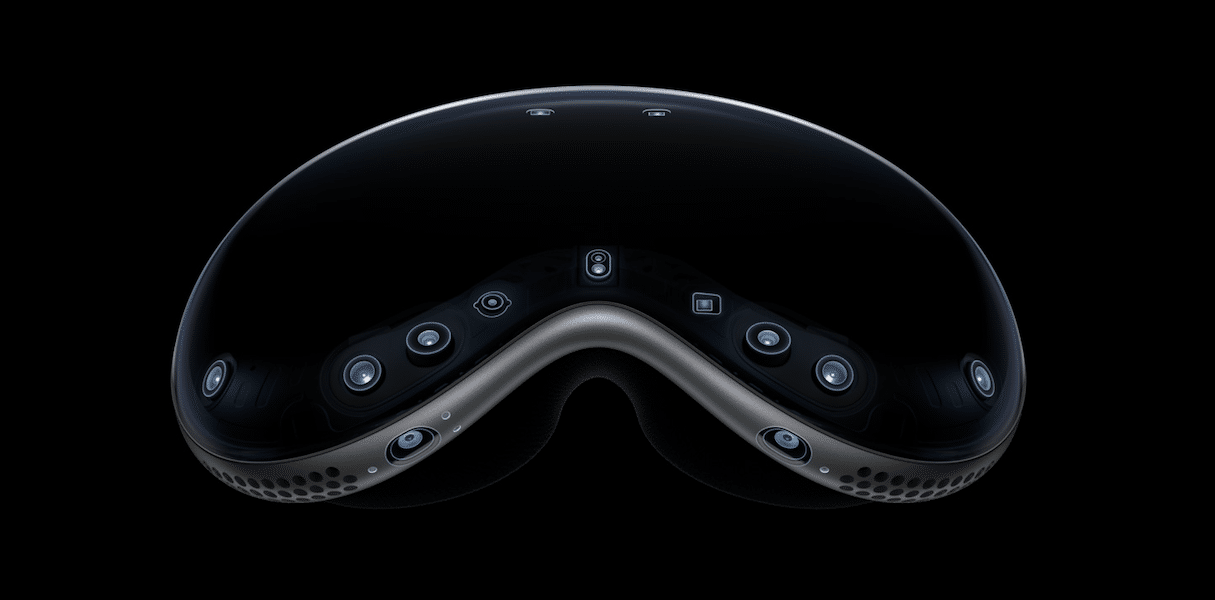Apple recently addressed a critical vulnerability in its Vision Pro headset, a flaw that allowed malicious websites to inundate users’ virtual environments with animated 3D objects such as spiders and bats.

The discovery of this vulnerability is attributed to Ryan Pickren, a researcher with a notable track record in identifying security issues within Apple’s ecosystem. Pickren identified that the bug originated from the way visionOS, the operating system powering Vision Pro, handled web-based 3D models via the Apple AR Kit Quick Look. Introduced in 2018 for iOS, this standard allowed websites to integrate 3D objects into a user’s environment without needing explicit permission. This loophole enabled malicious sites to bypass Apple’s security protocols, effectively allowing them to populate a user’s virtual space with numerous animated, sound-producing objects.
Pickren’s findings revealed a straightforward exploit: merely visiting a malicious website through Safari on the Vision Pro could trigger the bug. Once activated, users could find their virtual spaces overwhelmed by crawling spiders and screeching bats, complete with spatial audio to heighten the immersive experience. Disturbingly, these 3D objects persisted even after exiting Safari, as they were managed by a separate application, complicating their removal.

The implications of this bug were particularly severe for users with phobias of spiders or bats. The sudden and uninvited appearance of these creatures in one’s virtual space could induce significant psychological distress. Beyond the fear factor, the practical inconvenience of manually removing each 3D object by tapping on them added to the frustration, showcasing the disruptive potential of this vulnerability.
Upon discovering the bug, Pickren promptly reported it to Apple in February. In response, Apple released a patch in the June visionOS 1.2 update, which enhanced the file handling protocol to thwart similar exploits. Initially, Apple classified the CVE-2024-27812 vulnerability as a denial-of-service (DoS) issue. However, Pickren argued that this classification did not fully encapsulate the severity of the bug, advocating for a more nuanced threat model for spatial computing to better address such unique vulnerabilities.

Apple’s proactive approach to enhancing the Vision Pro’s security didn’t stop at patching the bug. At WWDC 2024, the tech giant unveiled visionOS 2, featuring an array of new tools and improvements. These include the ability to convert any photo into a spatial photo, new gesture controls, and substantial upgrades to the Mac Virtual Display, such as ultra-wide display support. visionOS 2 is slated for release in September, alongside other significant updates like iOS 18, macOS Sequoia, iPadOS 18, and Apple Intelligence, the company’s suite of integrated AI tools.
The recent Vision Pro bug exposed a critical security gap in Apple’s flagship AR headset. This incident highlights the urgent need for Apple to adapt its security protocols to the unique threats posed by augmented reality. With AR expected to become more integrated into daily life, vulnerabilities like this can cause not only frustration but potentially significant psychological distress
To maintain user trust, Apple must prioritize continuous vigilance, patching vulnerabilities quickly, and developing robust security models specifically designed for AR experiences.



